Go Bootcamp: Master Golang with 1000+ Exercises and Projects
Master and Deeply Understand Google's Go from Scratch with Illustrated In-Depth Tutorials & 1000+ Hands-On Exercises.
4.54 (3892 reviews)
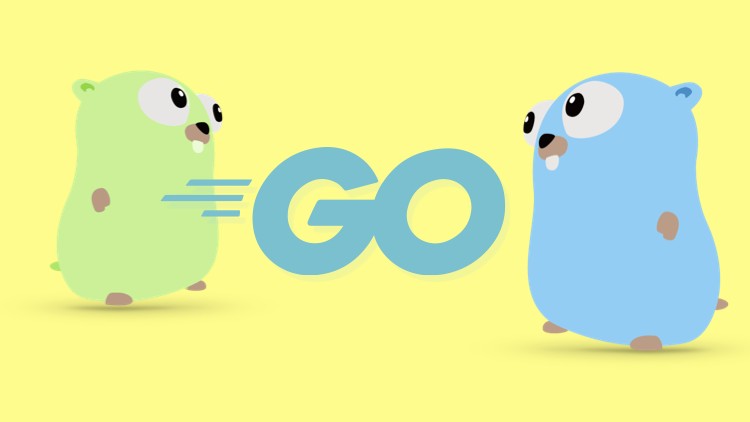
31,450
students
16 hours
content
May 2021
last update
$94.99
regular price
What you will learn
Learn from a Go Contributor
Learn Go Tips & Tricks that you can't find easily anywhere else
Go from a total Go beginner to a confident Go programmer
Practice Go with 1000+ Exercises (with included solutions)
Understand Go In-Depth with Animated Illustrations (Pass Interviews)
Learn the Go internals and common Go idioms and best-practices
Create a Log File Parser that parses log files
Create a Spam Masker that masks spammy words within a block of text
Create a command-line Retro Led Clock that shows time
Create Console Animations, Dictionary Programs, and more
Screenshots
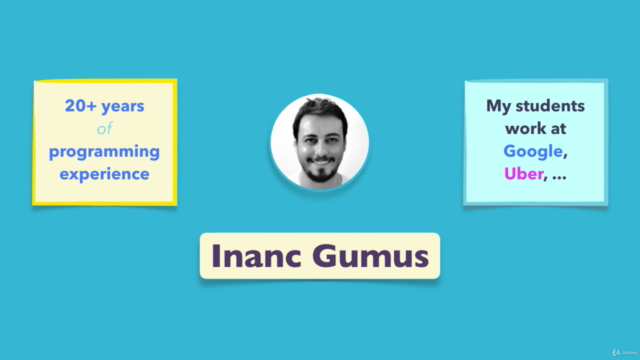
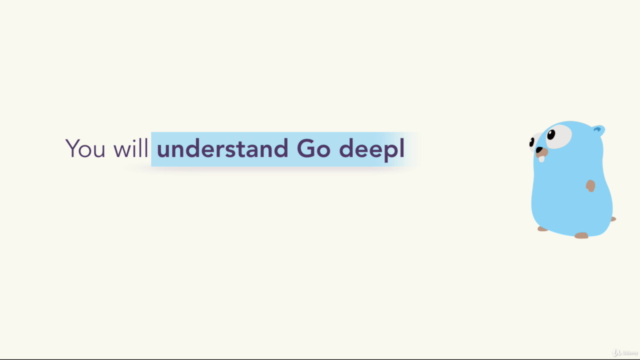
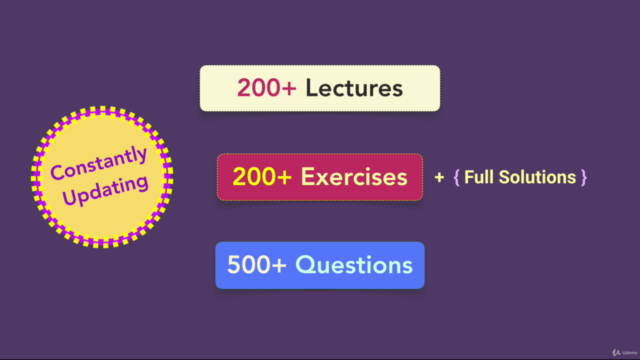
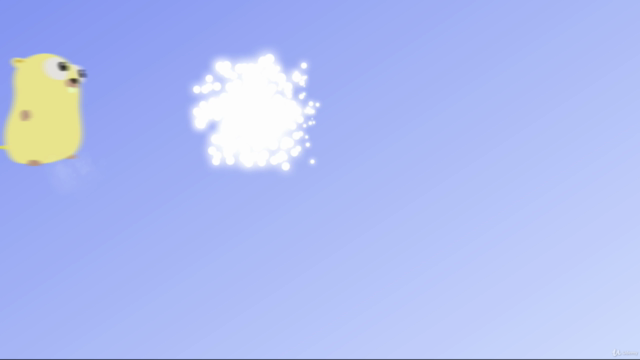
Related Topics
1556312
udemy ID
2/15/2018
course created date
11/20/2019
course indexed date
Bot
course submited by